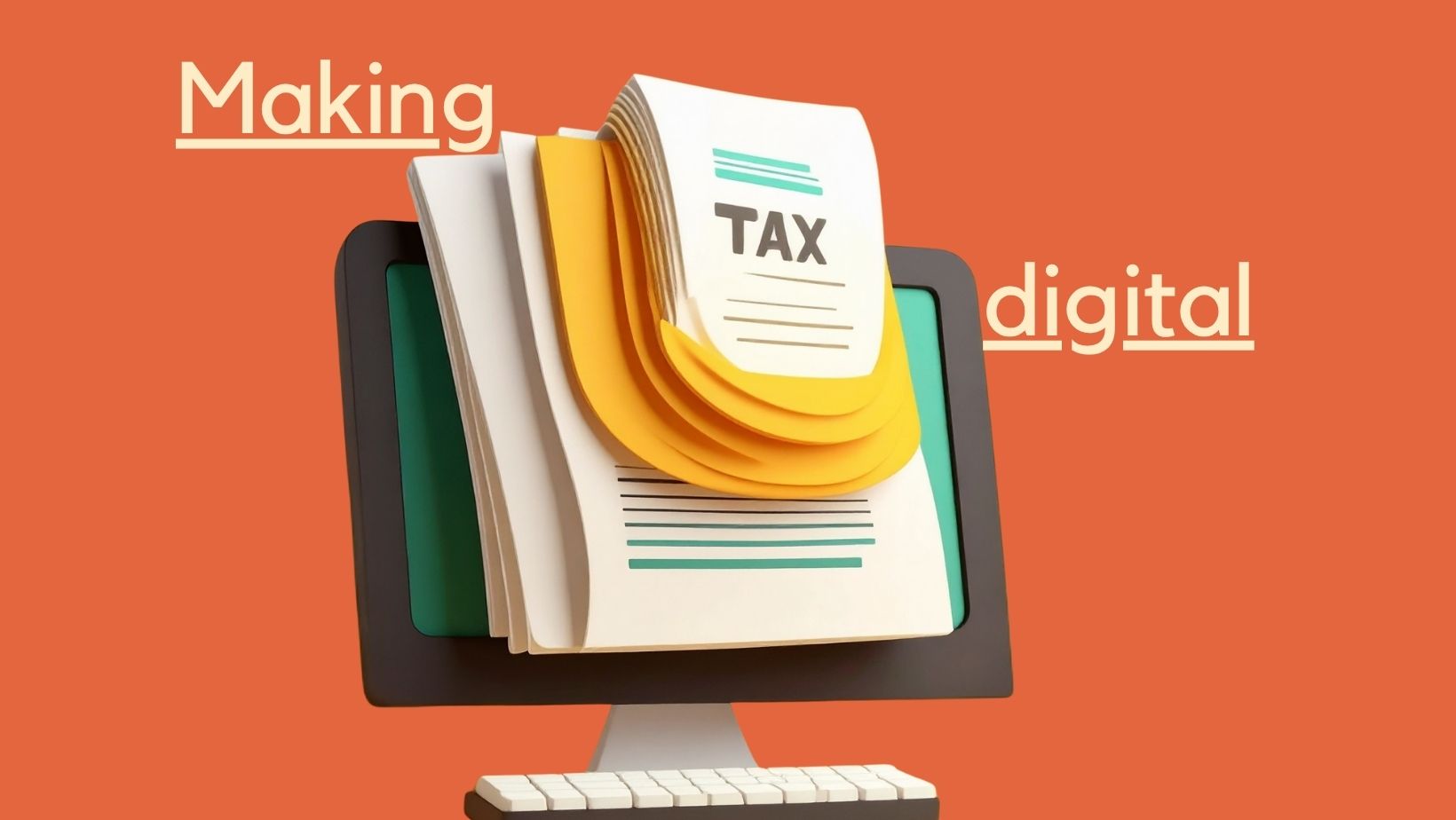If you’re a small business owner or contractor, you may have noticed a change in your tax code recently.
Whether this appeared on your latest payslip, pension payment, or a notification from HMRC, it’s important to understand what your tax code means, and what actions to take if you believe something’s not quite right.
In this blog, we’ll break down why it might change, how to check it, and what to do if you think it’s wrong.
Why might your tax code change?
There are a number of reasons HMRC might update your tax code. Common reasons include:
- Starting or ending a job
- Filing a self-assessment return with updated income information
- Changes to your income or benefits
- Receiving a new benefit-in-kind
- Repaying underpaid tax from a previous year
It’s important to check the changes are correct and reflect your current situation. An incorrect tax code can mean you pay too much tax, or too little, leading to a bill later down the line.
How to check your tax code
You can find your tax code on:
- Your most recent payslip or pension statement
- A P60 or P45 form
- A tax code notice (also known as a P2) from HMRC
- Your Personal Tax Account at gov.uk/personal-tax-account
If your code has changed, HMRC should have sent you a notice explaining why.
It’s a good idea to log into your personal tax account to cross-reference the reason given and check the figures against your actual earnings and benefits.
Don’t agree with your tax code?
If something doesn’t look right, you can contact HMRC to request a correction or to query. For example, if HMRC believe you have more income than you are actually earning, such as being taxed on two jobs when you only have one.
This can be done via:
- Your Personal Tax Account via Government Gateway Portal
- Calling HMRC on 0300 200 3300
- Writing to HMRC with the relevant information
It’s helpful to have your National Insurance number/Personal UTR, details of your income, and recent payslips or benefit letters to hand when contacting them.
A note for company directors and contractors:
If you are a company director or run your own limited company and receive a salary through PAYE, your tax code should reflect this, especially if you’re also taking dividends or have other income sources. Changes to your self-assessment or company accounts may prompt an update to your code. Always make sure your accountant is aware of your full income picture to avoid surprises.
Final thoughts
Staying on top of your tax code is one of the simplest ways to avoid unexpected tax bills or overpayments. It only takes a few minutes to check, and if you spot anything unusual, you have every right to ask for clarification or a correction.





